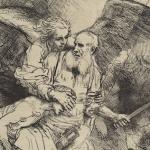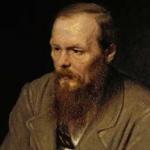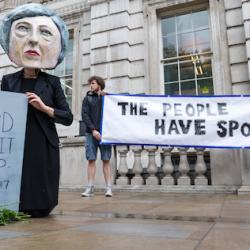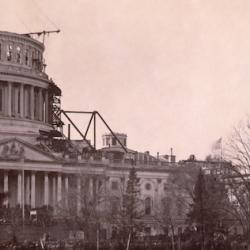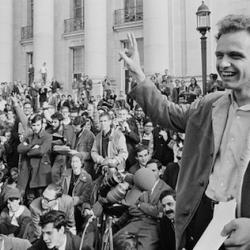Alan Jacobs has recently (How To Think) used CS Lewis’s essay on the “Inner Ring” to explain what has happened to political discourse in the US.
Lewis began his essay by citing a passage from Tolstoy, which revealed an informal hierarchy, an “inner ring,” within the overt organizational structures of the Russian army. He provided a sketch of the phenomenon from Tolstoy’s description:
“The [informal hierarchy] is not printed anywhere. Nor is it even a formally organised secret society with officers and rules which you would be told after you had been admitted. You are never formally and explicitly admitted by anyone. You discover gradually, in almost indefinable ways, that it exists and that you are outside it; and then later, perhaps, that you are inside it.”
Membership in the inner ring is signaled in various ways: “There are what correspond to passwords, but they are too spontaneous and informal. A particular slang, the use of particular nicknames, an allusive manner of conversation, are the marks.”
But the ring is fluid, its boundaries constantly shifting: “It is not easy, even at a given moment, to say who is inside and who is outside. Some people are obviously in and some are obviously out, but there are always several on the borderline. And if you come back to the same Divisional Headquarters, or Brigade Headquarters, or the same regiment or even the same company, after six weeks’ absence, you may find this secondary hierarchy quite altered. There are no formal admissions or expulsions. People think they are in it after they have in fact been pushed out of it, or before they have been allowed in: this provides great amusement for those who are really inside.”
Lewis believed that the desire to enter an inner ring was one of the most important passions in social life: “in all men’s lives at certain periods, and in many men’s lives at all periods between infancy and extreme old age, one of the most dominant elements is the desire to be inside the local Ring and the terror of being left outside. This desire, in one of its forms, has indeed had ample justice done to it in literature. I mean, in the form of snobbery. Victorian fiction is full of characters who are hag-ridden by the desire to get inside that particular Ring which is, or was, called Society. But it must be clearly understood that ‘Society,’ in that sense of the word, is merely one of a hundred Rings, and snobbery therefore only one form of the longing to be inside.”
And Lewis believed that the desire to enter an inner ring was the things that would be most likely to tempt a good man to do very bad things: “Of all the passions, the passion for the Inner Ring is most skillful in making a man who is not yet a very bad man do very bad things.”
Jacobs suggests that Lewis’s analysis explains a good deal of conduct in public debate and discourse, particularly on social media. We participate in public debate not only to arrive at the truth but to signal our belonging to this or that inner ring. We adopt certain keywords (with or without hashtags) that show we belong to some enlightened tribe.
To prove our membership, we have to demonstrate hatred for the “repulsive cognitive other” and sometimes have to stake out extreme positions in order to prove our bona fides to others within the group. If we want to be in a leftwing inner ring, we have to express extreme hatred of Trump; if we aspire to enter a rightwing tribe, we have to hate everything and everyone that comes from the Republican party.
Our politics is shaped by competing, mutually excluive inner rings.

